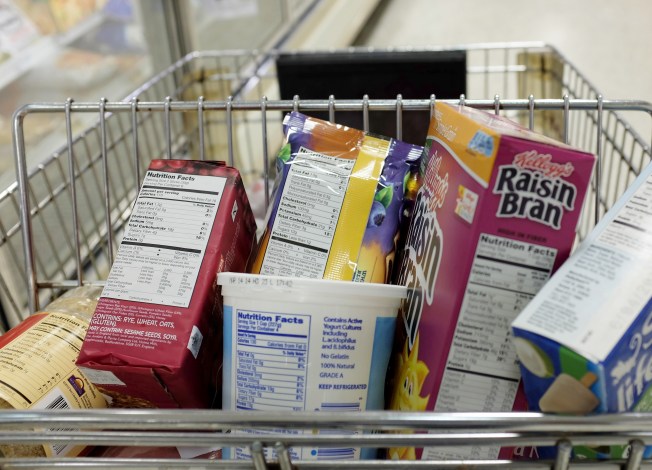

With nearly $400 in extra assistance, Rodriquez didn’t have to worry about how to feed her family or give up a meal to make sure her kids – adult child and two growing teens – had enough to eat. This material may not be published, broadcast, rewritten, or redistributed.Congress enacted emergency legislation at the start of the pandemic that allowed participants in the Supplemental Nutrition Assistance Program, otherwise known as SNAP, to receive the maximum monthly benefit regardless of income in an effort to address rising food insecurity and stimulate the economy. “All impacted households will experience a net gain, as the adjustment increases Social Security benefits more than it decreases SNAP benefits,” the agency said in a statement.Ĭopyright 2023 Nexstar Media Inc. And most will see a change in their monthly SNAP allotment as a result of a cost-of-living adjustment.

households that receive SNAP also receive Social Security benefits, according to the Department of Agriculture. How will changes to Social Security impact SNAP benefits?Ībout half of U.S.

“They’ve never seen what real SNAP looks like or how little that they’re actually going to get,” said Keith Carr, senior manager of police and government relations at City Harvest, a New York City-based food rescue organization. The average person in those states can expect to lose $90 a month in SNAP benefits.Īnd while several states have stopped issuing these extra funds, the return to pre-pandemic level SNAP benefits might be jolting for millions of households across the country, particularly for those who did not receive food assistance before 2020. How much money will SNAP recipients lose?Įvery household in those 32 states and territories will lose at least $95 a month from their SNAP but some could see a cut of $250 or more a month, according to the Center on Budget and Policy Priorities. Some states - Alaska, Arizona, Arkansas, Florida, Georgia, Idaho, Indiana, Iowa, Kentucky, Mississippi, Missouri, Montana, Nebraska, North Dakota, South Carolina, South Dakota, Tennessee and Wyoming - already stopped issuing pandemic-era SNAP emergency allotments prior to the upcoming deadline. Virgin Islands will stop receiving the extra SNAP funds come March.
#SNAP BENEFITS FLORIDA PLUS#
Recipients in 32 states, plus Washington, D.C., Guam, and the U.S.

There are about 42 million people in the United States who receive SNAP, which was once referred to as food stamps, according to the Department of Agriculture. Will emergency allotments end in every state? The extra allotments were not meant to be permanent and were intended to end once the president declares an end to the pandemic, which the Biden administration plans to do in May.īut the boost kept 4.2 million people out of poverty, according to a study from the Urban Institute.Ĭongress passed another law last year, called the Consolidated Appropriations Act, that ends the extra allotments. The COVID-19 pandemic thrust thousands of people into a level of food insecurity that they had never experienced before.Īnd Congress passed the Families First Coronavirus Response Act to boost SNAP benefits to help low-income families during the early days of the pandemic. Here are a few things to know before the change takes place: Why are the emergency allotments ending? Millions of Americans are going to lose a temporary boost in federal food assistance once pandemic-related SNAP benefits end next month. Those that are concerned about a change to their benefits should contact their local SNAP office.SNAP benefits will be cut in 32 states next month where the average household will lose $95 in food assistance.A Pandemic boost to the Supplemental Nutrition Assistance Program is coming to an end on March 1.


 0 kommentar(er)
0 kommentar(er)
